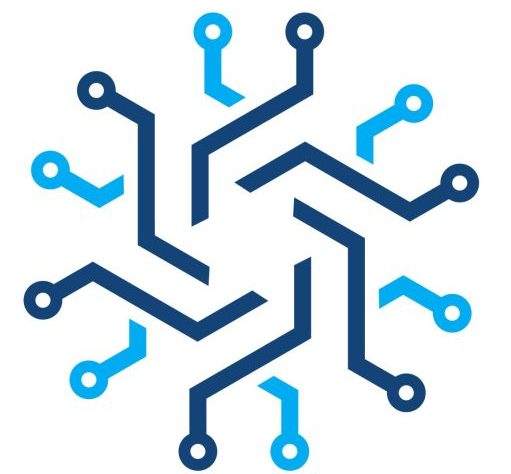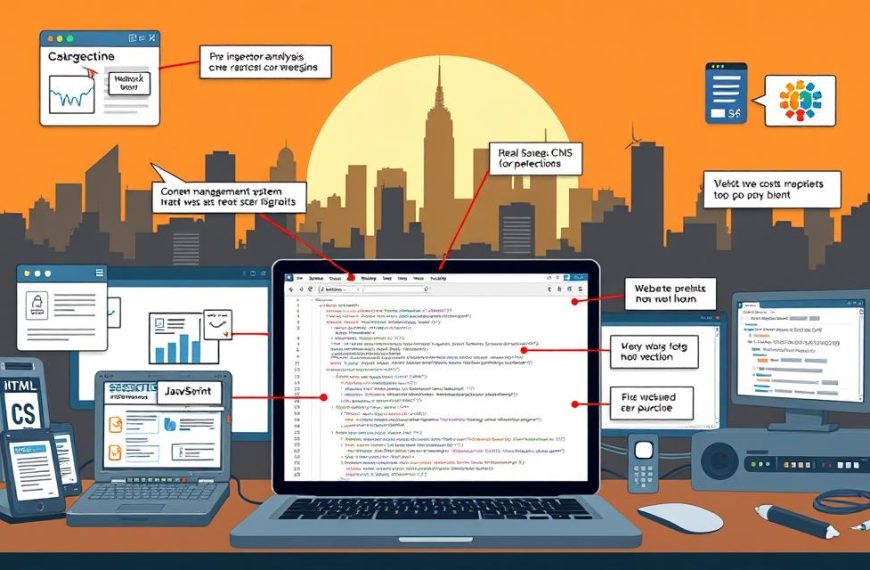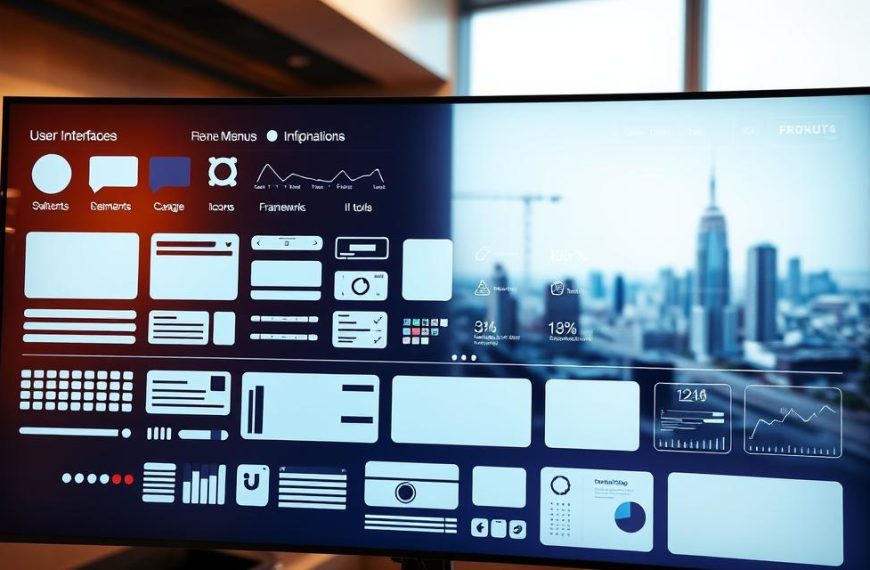Digital tech is changing our world fast. It’s reshaping how we live and interact. The impact of technology touches every part of modern life.
New studies show how much we rely on digital devices. Half of adults feel swamped by gadget features. Three-quarters of teens prefer texting to talking face-to-face.
Our link with technology is complex. Digital platforms connect us globally. Yet, they can hinder real human contact.
Many parents think tech has hurt family talks. This shows how much society is changing.
We need to look at technology’s role carefully. This essay will explore its pros and cons. We’ll look at social, mental, and money matters.
Understanding Digital Technology’s Role in Modern Society
Digital communication has transformed how societies interact and function. Modern digital platforms have changed our daily experiences. They connect people globally in new ways.
Technological advancements have created a complex network of interactions. These interactions reshape societal norms. They impact how we live and work.
Evolution of Digital Communication
Digital communication has changed dramatically. Here are some key developments:
- Digital technologies have connected approximately 50% of the developing world’s population within just two decades
- Social media platforms now connect almost half of the global population
- Smartphone technologies have become primary communication tools
Impact on Daily Life
Technology has greatly influenced our everyday experiences. Workplace dynamics, social interactions, and information access have changed completely. Digital technologies offer amazing connectivity.
However, they also present challenges regarding human interaction quality. We must balance connectivity with meaningful relationships.
Technological Integration Trends
Current trends show interesting patterns of tech adoption. The green economy could create 24 million new jobs by 2030.
However, automation might displace about 800 million jobs. This highlights the need for adaptive skill development.
Digital technologies are not just tools, but transformative forces reshaping societal structures and human experiences.
These technological shifts offer both opportunities and potential drawbacks. Our digital landscape is increasingly interconnected.
We must understand these changes to navigate our digital future successfully.
Effects of Technology on Human Cognition and Learning
Digital technology has changed how we process information and learn. It challenges our understanding of mental abilities. Researchers are discovering how our brains adapt to new learning methods.
Changes in Critical Thinking Skills
Digital technology has shifted cognitive processing. Visual skills have improved, but critical thinking may be declining. Young people are changing how they analyse information.
- Decreased depth of analytical thinking
- Increased visual information processing
- Reduced attention span
Visual Learning versus Traditional Reading
The shift from traditional reading to visual learning is a big change. Digital platforms encourage rapid information consumption. This may affect deep understanding and creative thinking.
| Learning Method | Cognitive Engagement | Information Retention |
|---|---|---|
| Traditional Reading | High | Excellent |
| Visual Digital Learning | Moderate | Moderate |
Multi-tasking and Information Processing
Digital technology has changed how we process information. Internet users now switch tasks quickly. People touch their smartphone screens about 2,176 times daily.
This constant digital interaction affects attention and mental efficiency. It impacts our cognitive performance in new ways.
Digital technology challenges our traditional understanding of cognitive performance and learning strategies.
Research shows a complex link between technology and cognitive development. It highlights opportunities and challenges in our digital world.
Is Technology Helpful or Harmful to Society Essay: A Balanced Analysis

Technology offers both opportunities and challenges in our modern world. It has changed how we communicate, work, and interact. These changes bring remarkable benefits and significant societal issues.
The advantages of technology are clear. Digital platforms have made information accessible to everyone. They connect people globally and create new learning opportunities.
Innovative solutions are tackling important global problems. These include advances in healthcare and new educational resources.
- Improved global communication networks
- Enhanced educational accessibility
- Healthcare technological innovations
- Economic productivity improvements
However, technology also brings societal challenges. The digital divide creates inequalities in access and digital literacy. Edelman’s Trust Barometer 2020 shows a 6-point drop in trust towards technology.
Technology’s impact is neither entirely positive nor negative, but complex and multifaceted.
Mental health concerns have become a critical issue. Research links social media use to lower self-esteem. Studies show frequent users often feel lonelier and more socially isolated.
Cyberbullying and digital addiction pose significant risks. These problems particularly affect younger generations.
We need a balanced approach to navigate this technological landscape. This requires careful understanding and proactive policy-making. Only then can we maximise benefits while reducing potential harm.
Economic and Social Implications of Digital Revolution
The digital revolution has reshaped our economic and social landscapes. It’s driving changes across multiple domains. As technology advances, its impact on society becomes more profound.
Digital Economy Transformation
The digital economy has revolutionised traditional business models. It’s created new opportunities and challenges. By 2005, internet purchases became mainstream, signalling a shift in consumer behaviour.
Key developments include:
- Rapid growth of e-commerce platforms
- Emergence of digital marketplaces
- Advanced Supply Chain Management (SCM) technologies
Workplace Evolution
Digital technologies have reshaped how we work. Remote work, automation, and digital collaboration tools have altered employment dynamics. Sales forces now focus on customer education rather than simply taking orders.
Social Connectivity Changes
Social media’s impact has been significant. Over 50% of U.S. children now use social network applications. Digital connectivity has both enhanced and challenged traditional social interactions.
The digital revolution represents a paradigm shift in how we communicate, work, and interact with the world around us.
Digital technologies offer unprecedented opportunities, but also present challenges. Concerns about privacy, social isolation, and cognitive changes continue to emerge. Society is navigating this complex digital landscape with caution.
Conclusion
Technology’s future offers exciting opportunities and significant challenges. We must be mindful of ethical concerns as digital innovations spread across society. The digital revolution has changed how we communicate, work, and understand our world.
Society must adapt to this rapidly changing technological landscape. Many people worry about privacy and surveillance in the digital age. We need better ways to implement technology that address these concerns.
The growing digital divide shows we need inclusive strategies. These should ensure fair access to tech resources and opportunities for everyone.
We must think critically about our tech journey. Innovations have improved healthcare, education, and communication. Yet, they also raise questions about human freedom and societal control.
Digital literacy and responsible innovation are key. We should maintain a balanced view of tech’s potential and risks. Our challenge is to create technology that serves humanity’s interests.
We must prioritise ethical frameworks that protect individual rights. At the same time, we should enable technological progress. With thoughtful strategies, we can shape a future where tech truly enhances human potential.











